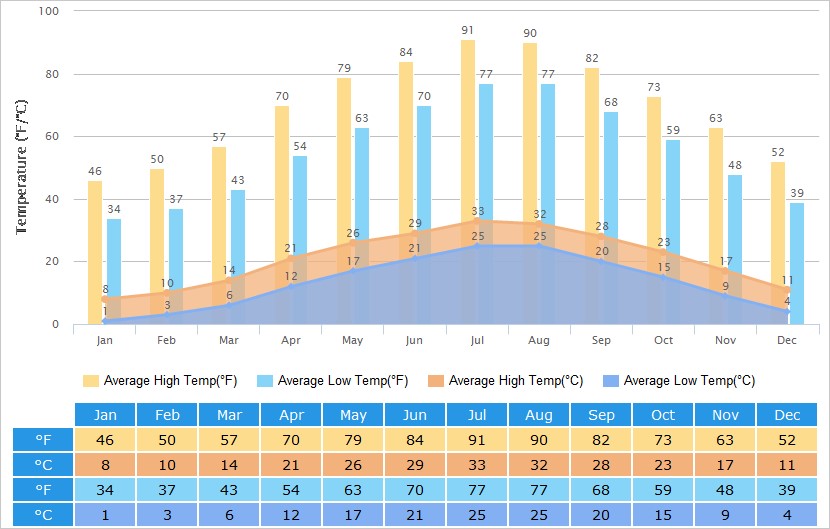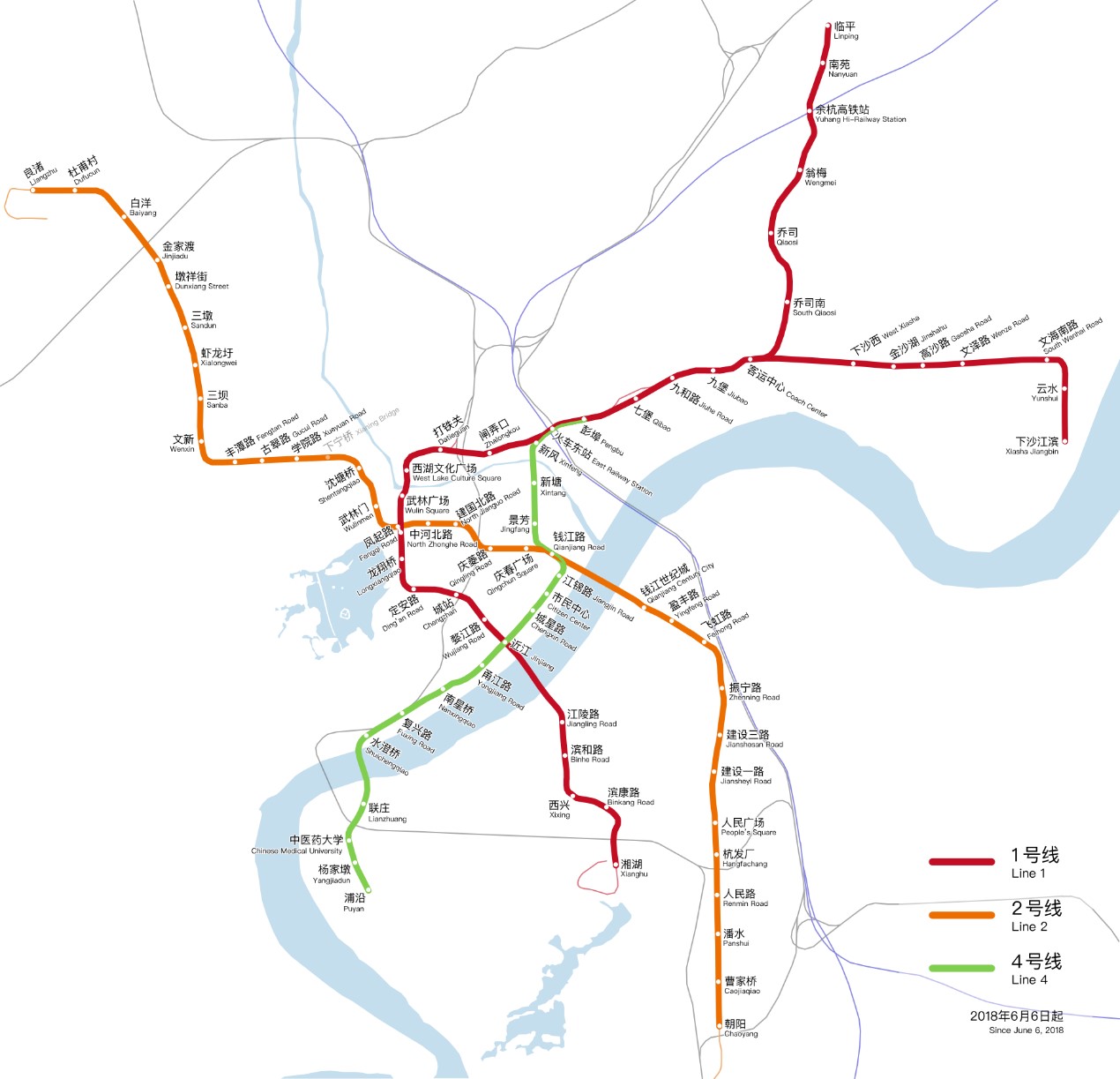Transportation
By Air:
Xiaoshan International Airport (HGH) is the urban Airport of Hangzhou. Domestic Airlines are operated between Hangzhou and almost all major cities in China. Alternatively, the participants can transfer to the Hangzhou Airport via Beijing or Hong Kong International Airport. Possible flight routes are listed as below:
- Any Other Cities -> Hangzhou Xiaoshan International Airport (HGH)
- Any Other Cities -> Beijing Capital International Airport (PEK) -> Hangzhou Xiaoshan International Airport (HGH)
- Any Other Cities -> Hong Kong International Airport (HKG) -> Hangzhou Xiaoshan International Airport (HGH)
For your convenience, we list several international flight routes to Hangzhou:
- Direct Flight: San Francisco (USA) -> Hangzhou (or transfer via Hong Kong / Beijing)
- Direct Flight: Los Angeles (USA) -> Hangzhou (or transfer via Hong Kong / Beijing)
- Direct Flight: Tokyo (Japan) -> Hangzhou
- Direct Flight: Singapore -> Hangzhou
- Direct Flight: Seoul (South Korea) -> Hangzhou
- New York City (USA) -> San Francisco / Beijing / Guangzhou -> Hangzhou
- Vancouver (Canada) -> Beijing / Xiamen / Hongkong -> Hangzhou
- Paris (France) -> Hongkong / Beijing -> Hangzhou
- Amsterdam (Denmark) -> Hongkong / Beijing / Guangzhou -> Hangzhou
- Sydney (Australia) -> Hongkong / Beijing -> Hangzhou
- Melbourne (Australia) -> Guangzhou / Hong Kong -> Hangzhou
By Train:
The high-speed railway is the most efficient means of transportation between Hangzhou and Shanghai. It takes only 50 minutes from Shanghai Hongqiao Railway Station (which is located within the same transportation complex with Shanghai Hongqiao Airport) to Hangzhou East Railway Station, and the train departs approximately every 15 minutes.
By Shuttle Bus / By Car:
If landing on Shanghai Pudong Airport (PVG), the participants can also choose to take the shuttle bus or rent a vehicle at the Airport. It takes about 3 hours from PVG Airport to the central part of Hangzhou urban area by bus or car.
Travel and Weather Information
About Hangzhou:
Hangzhou, located along the Southeast coast of China, is the capital city of Zhejiang Province. It is the center of politics, economy, science, education, and culture of the province. Hangzhou is a tourist attraction for its location, history, and culture that is known as “Paradise on Earth”, “Cultural State”, “Home of Silk”, “Tea Capital”, and “Town of Fish and Rice”. Hangzhou is geographically located at the south wing of Yangtze River Delta, at the west end of Hangzhou Bay, in the lower reaches of Qiantang River, and at the south end of Beijing-Hangzhou Grand Canal.
As one of the core hubs of China’s most prosperous area, “The Yangtse Delta”, Hangzhou is only fifty minutes away from Shanghai by high-speed railway. The central geographic coordinate of Hangzhou is north latitude 30°16' and east longitude 120°12'. The northwest and southwest of Hangzhou belong to the West and Central Zhejiang Hill Region; while the northeast and southeast to the North Zhejiang Plain Region with dense river networks, a part of the famous town of fish and rice. It has clear distinct four seasons. It is mild and humid, plenty of sunshine, and rainfall. The average temperature is 16.2°C around the year, 28.6°C in summer and 3.8°C in winter.



Operating Metro Lines & Operation Times:
- Line 1: Xianghu – Binkang Road – Xixing – Binhe Road – Jiangling Road – Jinjiang – Wujiang Road – Hangzhou Railway Station – Ding'an Road – Longxiangqiao – Fengqi Road – Wulin Square – West Lake Cultural Square – Datieguan – Zhalongkou – East Railway Station – Pengbu – Qibao – Jiuhe Road – Jiubao – Coach Center – West Xiasha – Jinshahu – Gaosha Road – Wenze Road - South Wenhai Road - Yunshui - Xiasha Jiangbin
Direction Xiasha Jiangbin: 06:09-22:40
Direction Xianghu: 06:04-22:35
Linping Branch Line: Passenger Transport Center – South Qiaosi – Qiaosi – Wengmei – Yuhang Railway Station – Nanyuan – Linping
Direction Linping: 06:04-22:40
Direction Xianghu: 06:04-22:40 - Line 2: Chaoyang - Caojiaqiao - Panshui - Renmin Road - Hangfachang - People's Square - Jianshe 1st Road - Jianshe 3rd Road - Zhenning Road - Feihong Road - Yingfeng Road - Qianjiang Century City - Qianjiang Road - Qingchun Square - Qingling Road - North Jianguo Road - North Zhonghe Road - Fengqi Road - Wulinmen - Shentangqiao - Xianingqiao (Closed) - Xueyuan Road - Gucui Road - Fengtan Road - Wenxin - Sanba - Xialongwei - Sandun - Dunxiang Street - Jinjiadu - Baiyang - Dufucun – Liangzhu
Direction Liangzhu: 06:00-22:46
Direction Chaoyang: 06:04-22:43 - Line 4: Puyan – Yangjiadun – Zhejiang Chinese Medical University – Lianzhuang – Shuichengqiao – Fuxing Road – Nanxingqiao – Yongjiang Road - Jinjiang – Chengxing Road – Citizen Center – Jiangjin Road – Qianjiang Road – Jingfang – Xintang – Xinfeng – East Railway Station – Pengbu
Direction Pengbu: 06:00-22:55
Direction Puyan: 06:00-22:51
Attractions
Landmarks:
- Lingyin Temple - Lingyin Temple is in a long, narrow valley between Fei Lai Feng and North Peak to the northwest of West Lake. The temple is without doubt a premier showpiece in the West Lake environs and is notable as one of the 10 most famous Buddhist temples of China.
- Six Harmonies Pagoda - Six Harmonies Pagoda is located at the foot of Yuelun Shan (Yuelun Hill) overlooking the Qiantang River. The pagoda was reputedly built as a navigational aid and as a way of calming the waters of Qiantang River. The shape was modified during Ming and Qing Dynasties.
- He Fang Street - Located in Wushan Square, He Fang Street is an old, well-designed pedestrian street that is the epitome of ancient Hangzhou. Shops selling arts and crafts, souvenirs, and silk; tea houses; and restaurants line both sides of the street.
- Hu Qing Yu Tang - Located at the foot of Wushan Hill is an ancient and magnificent architectural complex — the Hu Qing Yu Tang drugstore. The whole drugstore, featuring the garden-inspired architecture of southern China, was designed and finally completed in 1874 by Hu Xueyan.
Museums:
- China National Tea Museum - The China National Tea Museum focuses on tea and its culture, and is clustered around the tea plantations. Inside the museum, the flower corridors, fake hills, ponds, and waterside pavilions are well integrated, creating a clean atmosphere where visitors can feel close to nature.
- China National Silk Museum - The China National Silk Museum is the first state-level professional silk museum in China, as well as the largest silk museum in the world. People can also choose their favorite silk goods from the museum shop and relax in the tea house.
- Zhejiang Art Museum - The Zhejiang Art Museum is set in a geomantic, treasured site, with West Lake in front and Mt. Jade Emperor (Mt. Yuhuang) to the rear. Designed by one of China’s master architects, Mr. Cheng Taining, the museum has the style of a local ethnic building with sloping ceilings in black and white.
Shows and Performances:
- Impression West Lake - Performances of “Impression West Lake,” a unique metropolitan outdoor show on the most natural stage in the world, are set on the wavy, mellow, and ever-changing West Lake, ensuring that the performance appears vivid and natural.
- The Romance of the Song Dynasty - “The Romance of the Song Dynasty” is based on the historic stories and legends of the city of Hangzhou, and is one of the “World’s Top Three Famous Shows.”
Four Scenes of West Lake:
- Orioles Singing in the Willows (Liu Lang Wen Ying) - This is a 21-hectare (i.e., 52-acre) park on the southeast shore of West Lake. It was an imperial pleasure garden during the Southern Song Dynasty (1127–1279). A feature of the park is its display of many different species of willow from around China and overseas.
- Twin Peaks Piercing the Cloud (Shuang Feng Cha Yun) - The Twin Peaks, located to the northwest and southwest of West Lake, are a famous feature of Hangzhou and have been the subject of many traditional landscape paintings. Neither is particularly high, but their appeal lies in their proportions and the way in which they seem to speak to each other.
- Spring Dawn by Su Causeway (Su Ti Chun Xiao) - Su Causeway stretches for three kilometres (1.9 miles) from north to south along the western end of West Lake. The structure is interconnected by six stone bridges and lined with willow, hibiscus, and magnolia trees.
- Three Pools Mirroring the Moon (San Tan Yin Yue) - It is another name for Lesser Yingzhou Isle, the largest of three man-made islets in West Lake. This islet was built during the Ming Dynasty (1368–1644), with improvements and additions, including the beautiful zigzag bridges, made during the Qing Dynasty (1644–1911).
Shopping:
- Wushan Night Market - The Wushan Night Market is located on Wushan Road, starting at the junction of Huixin and Renhe Roads. The market offers a variety of items and gifts for young and old. Since the late 1990s, it has gradually become known for selling all kinds of major commodities.
- Hangzhou Tower - Located in commercial core block, Wulin Square includes shopping, dining, entertainment, and convention and exhibition facilities. In addition to the world-class luxury brands, Hangzhou Tower also features a financial centre, fine dining, and other sophisticated lifestyle attractions.
- Hangzhou MIXC - Hangzhou MIXC is a large-scale mixed-use development located in city’s central business district and represents a sophisticated lifestyle. With multiple functions, including retail, leisure, food and beverage, entertainment, and office facilities, it has brought together a number of international luxury brands, as well as the first IMAX theatre in Hangzhou.
- Hangzhou Intime - This group of merchandise stores includes three Intime stores in Hangzhou, namely Wu Lin Intime, West Lake Intime, and Qing Chun Intime, which feature department stores and leisure and food facilities in one comprehensive retail complex.